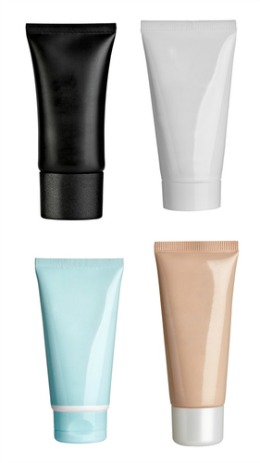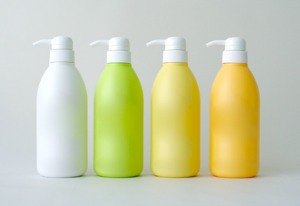
2014-08-04 10:42:11
4 Best Practices for Documenting the Value of Packaging
2014-08-04 10:42:11
 The author, Scott Young. |
As marketers, designers and engineers, we all face a common challenge: How do we persuade senior management to invest in packaging?
This is often an uphill battle, as organizations weigh tangible costs and perceived risks against uncertain returns. While most companies have moved beyond thinking of packaging solely as a container and cost center, it remains apt to be overlooked and underfunded as a marketing vehicle and source of competitive advantage.
With that thought in mind, we’ll share 4 best practices for documenting the value of packaging:
1. Start with Your Current Packaging
Typically, research has been used to assess and “sell-in” new packaging systems prior to launch. However, a growing number of companies are periodically benchmarking the performance of their current packaging, relative to both competition and to own incoming brand imagery.
This proactive approach can be used:
- To allocate resources to the brands in the greatest need – and help avoid unnecessary and misguided design changes
- To set meaningful design objectives, which can then translate into clear action standards
 Tubes in different colors - it may be a challenge for a brand to choose the right look. |
In fact, we’ve seen that pre-design research of this nature consistently leads to higher success rates for new design systems. That’s because it helps ensure that redesign efforts are solving a real problem, rather than being driven by misguided assumptions.
2. Simulate the Introduction of New Packaging
Simulating the introduction of a new package within a shelf — and measuring its impact on brand choice — is the most accurate way to gauge the in-market impact of a new packaging system. Generally speaking, the more realistic the packaging and competitive context (ideally, a full life-size shelf with pricing, replicating a retail channel), the more predictive a study will be.
Conversely, when we ask people to compare options for the same brand (“Which of these different packs would you prefer for this brand?”), it encourages them to think like “art directors” rather than shoppers.
We’ve also found that direct comparisons between pack graphics or structures (design A versus B) lead shoppers to dramatically overstate their preferences. Similarly, there is a list of questions that it is best to avoid asking consumers, as they consistently generate misleading responses:
- “Would you see this pack on shelf?”
- “Would you find this confusing?”
- “Would you pay more for this feature?”
- “Would this pack lead you to use the product more?”
3. Test New Packs from the Shelf to the Home
 Bottles in different shades of orange, yellow and green - and each will say something different about your brand. |
When testing changes in pack structure, marketers should fully replicate the experience from the purchase decision through product usage. That’s because a new pack can have a positive impact in many ways:
- On shelf (in enhancing visibility and/or facilitating shopping)
- In the hand (improving product perceptions, brand imagery and/or price/value)
- In the home (improving functionality and/or driving increased usage)
If studies focus solely on one dimension, they risk short-changing the full added-value of a pack innovation. Thus, they may mistakenly conclude that a new feature won’t be worth the investment.
Holistic testing also makes sense for new products, as packaging has a direct impact on product perceptions and satisfaction. Shoppers often form their expectations based on the pack, and these impressions form their “baseline” in judging a new product. Thus, blind product testing (without packaging) can be misleading, if there is a dis-connect between packaging communication and product delivery.
4. Track In-Market Performance
Designers and engineers should consistently track what happens after new packaging systems are introduced to market. While this can be challenging, there are ways to minimize confusion and clarify the link between packaging and sales:
- Use lead retail partners or channels to pilot new packaging systems.
- Invest in clean or hard rollouts of new packaging.
- Systematically document the key factors accompanying pack introductions.
By following these processes, creating a feedback loop, and linking to market modeling efforts, companies can learn from experience and gain knowledge regarding the drivers of success in their categories. In addition, marketers and designers will be rewarded with very relevant “case studies” illustrating the power of packaging.
Research can serve as a bridge between the world of packaging design and that of senior management. It can identify the right opportunities — and document and quantify the value of packaging innovation, in a language that speaks to executives and retail partners.
Thus, marketers, designers and engineers are well-advised to “embrace the numbers” as a tool to demonstrate the value of their work - and to demonstrate the need for continued investment in packaging.
please visit www.topbeautysh.com for more cosmetic packaging information.
LinkedIn




